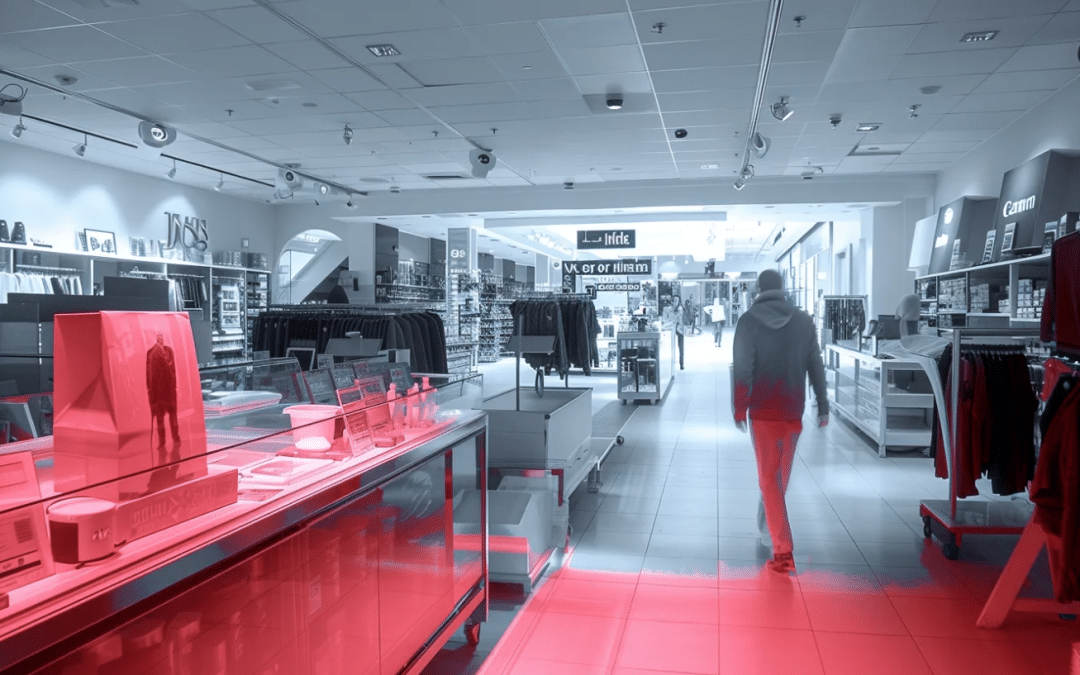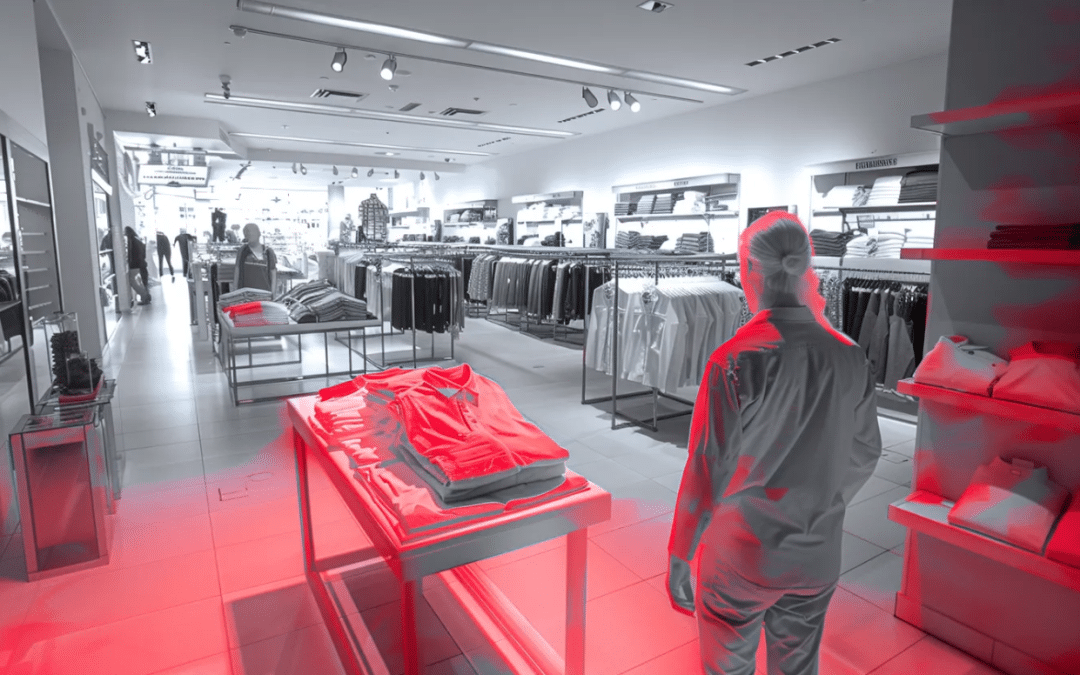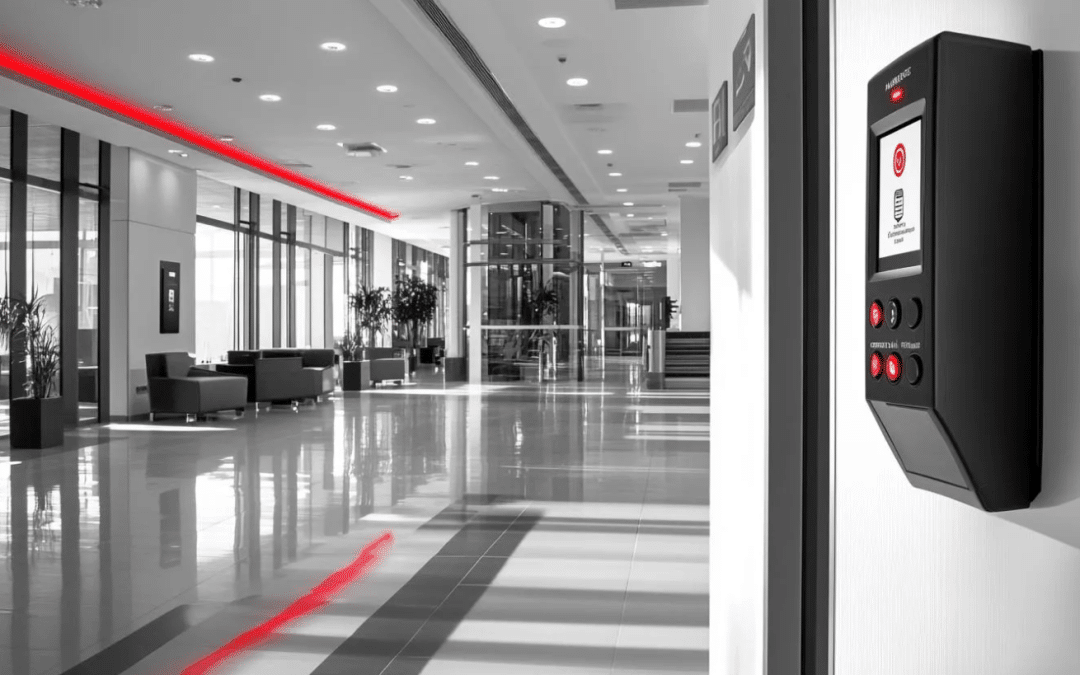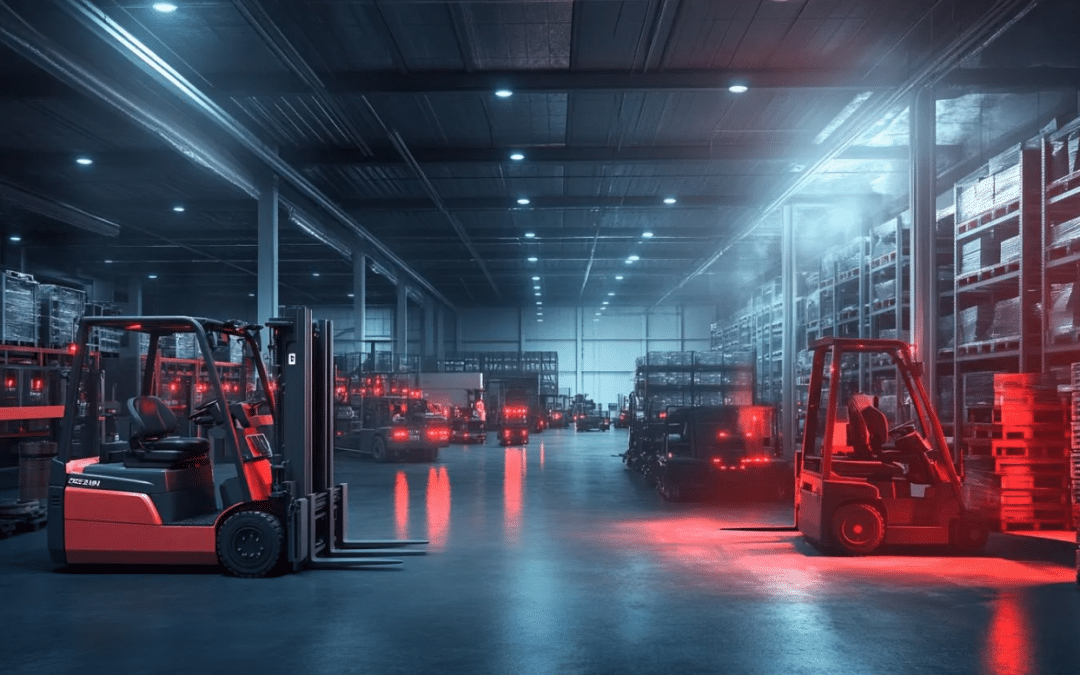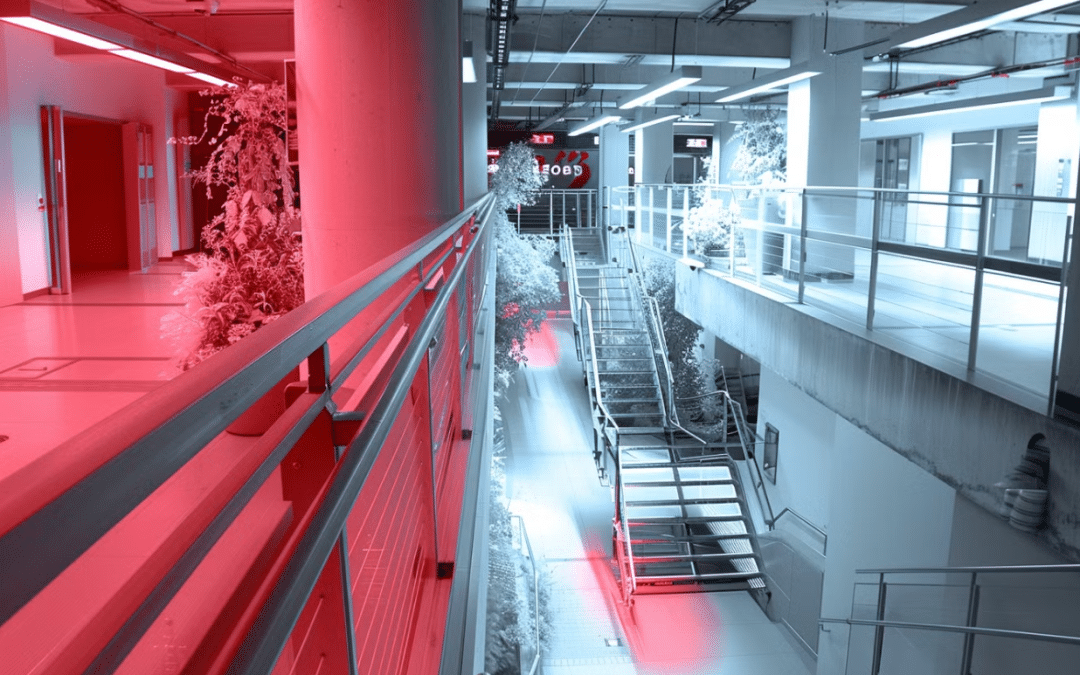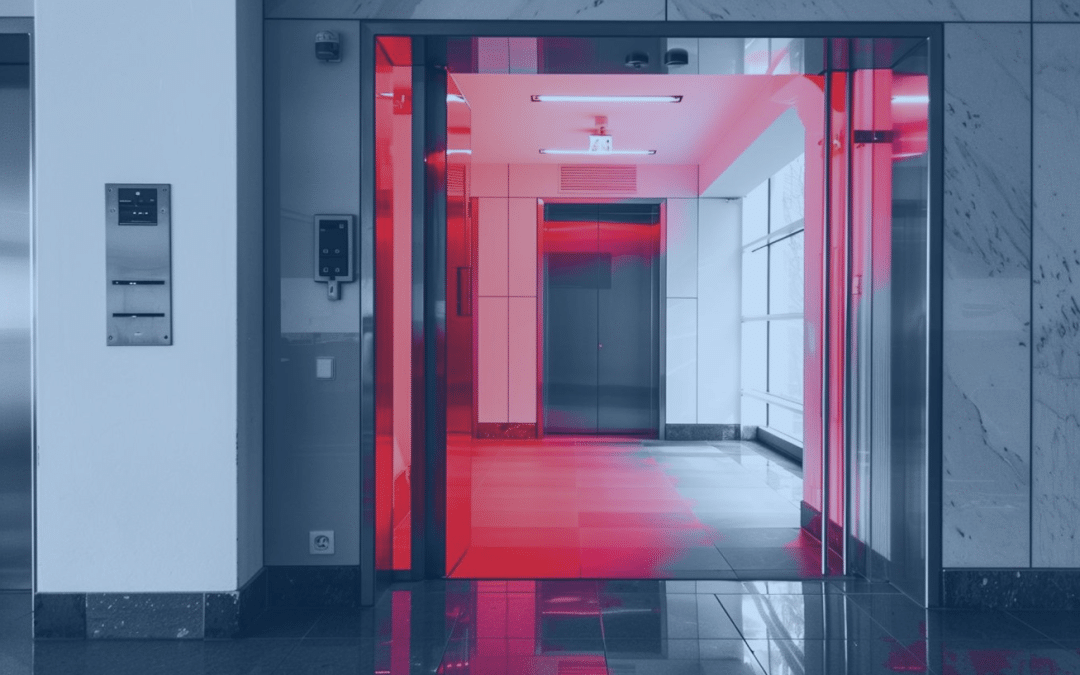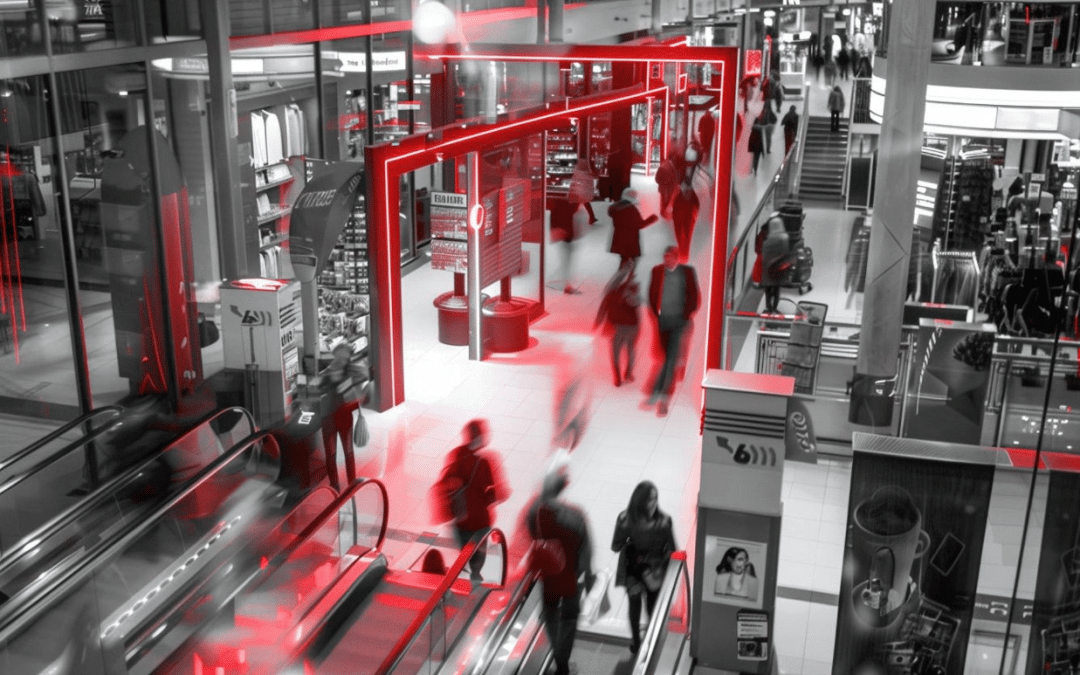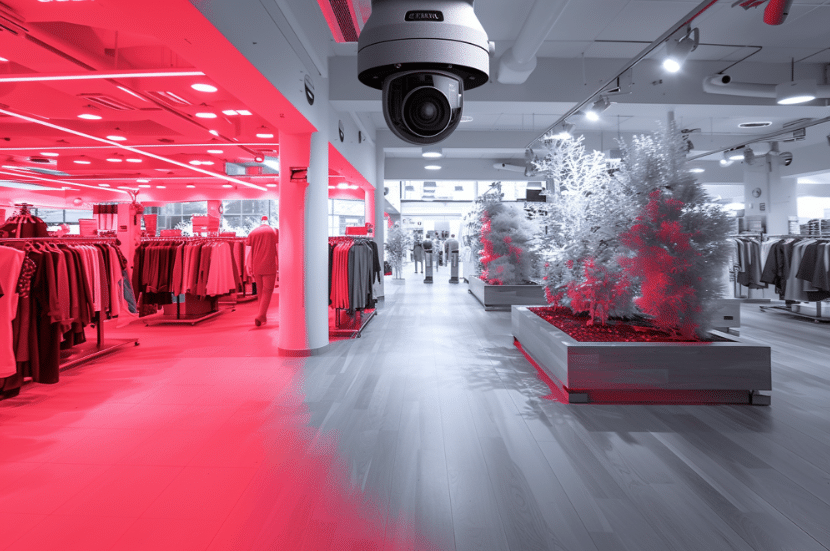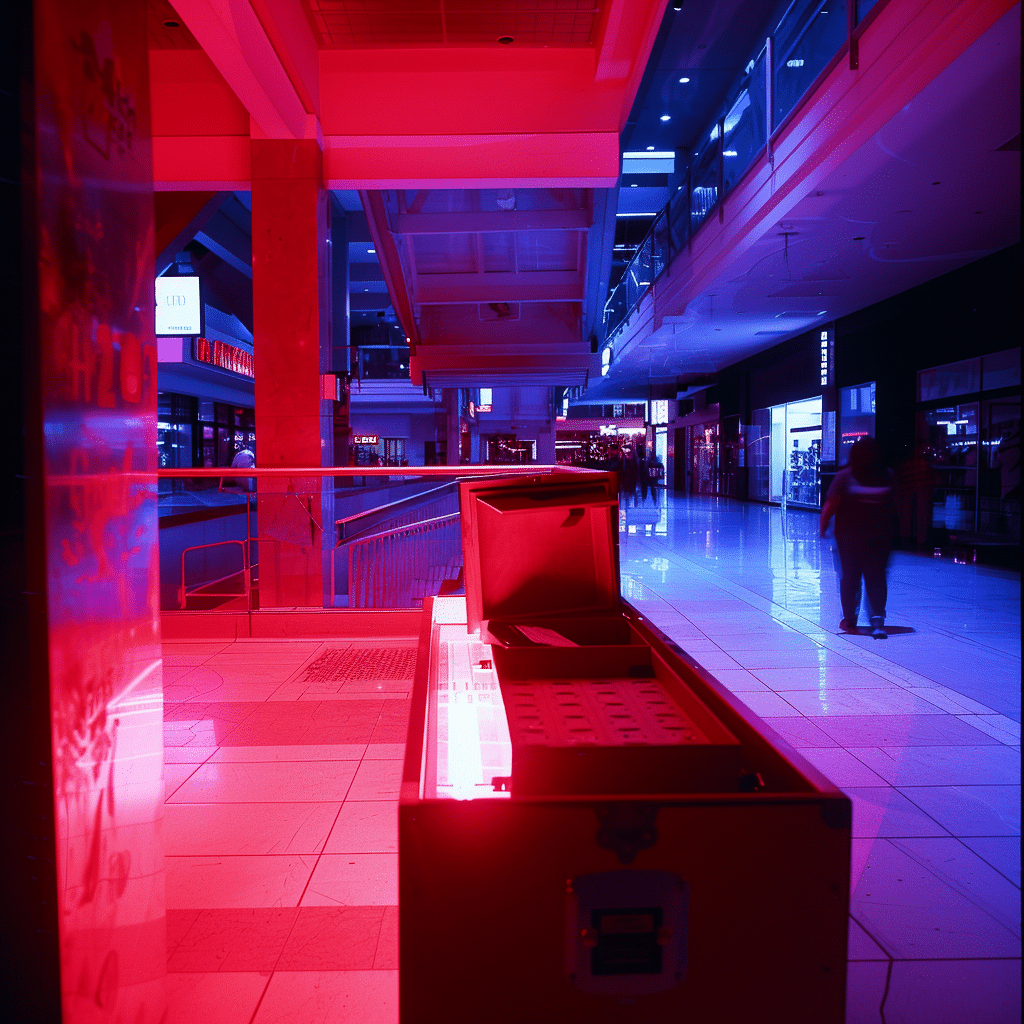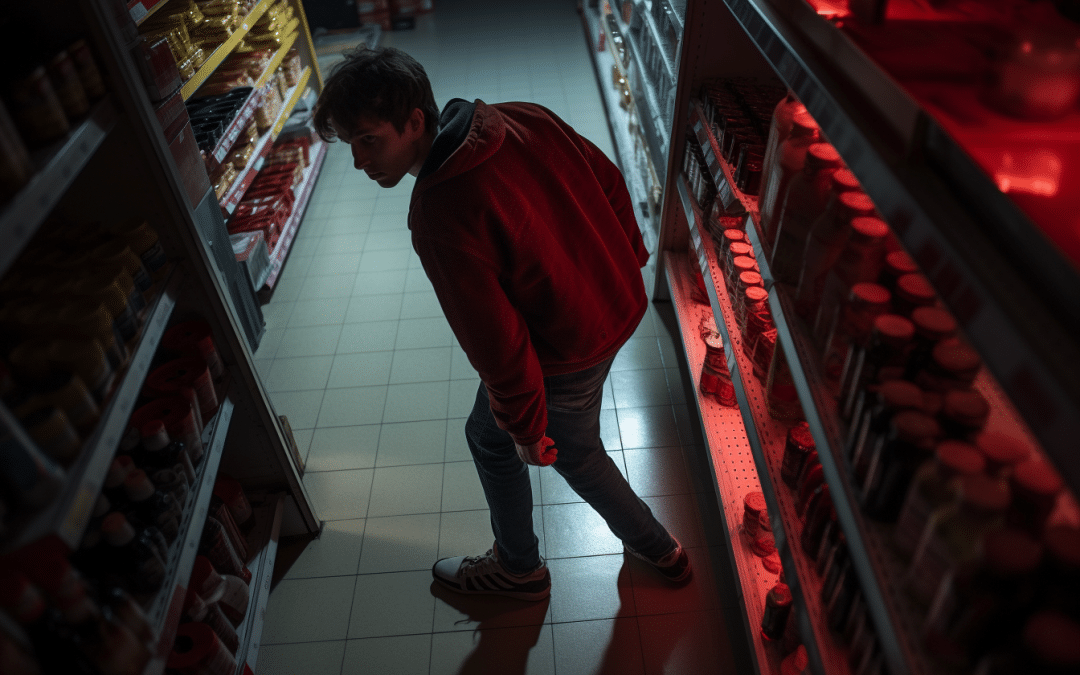Imagine a world where surveillance cameras no longer just passively record, but actively anticipate threats. This is no longer science fiction! New generations of smart cameras, boosted by artificial intelligence (AI), promise to revolutionize security and theft prevention. But how far can they really go? Let's dive into this fascinating technology to understand its real capabilities, its limits and the questions it raises.
Algorithmic video surveillance: a technological leap forward
Gone are the days when video surveillance meant blurred images and officers dozing in front of screens. The era of algorithmic video surveillance (AVS) has arrived, and it's changing the game completely.
How does AI video analysis work?
At the heart of this revolution is video analysis using artificial intelligence. These systems use sophisticated algorithms to process video streams in real time and extract relevant information. In concrete terms, AI "learns" to recognize specific shapes, movements and behaviors.
What are the differences with conventional video surveillance?
Unlike traditional systems that simply record, smart cameras can :
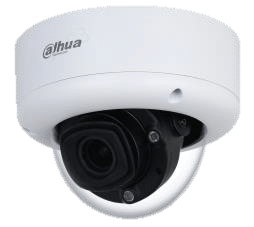
- Automatic detection of anomalies
- Track individuals or specific objects
- Analyze behavioral patterns
- Generate real-time alerts
It's like having thousands of expert eyes scanning every pixel, 24/7, without ever tiring.
New predictive capabilities: from science fiction to reality
But how far can these smart cameras go? Do their predictive capabilities really live up to their promise?
Detection of anomalies and suspicious behavior
One of the strengths of these systems is their ability to quickly spot anything out of the ordinary. For example, someone loitering in a department without buying anything, or concealing items in their clothing. The AI can analyze these behaviors and compare them with known shoplifting patterns.
Predictive analysis and risk anticipation
Even more impressive, some advanced systems claim to be able to anticipate risks even before a theft occurs. By analyzing factors such as time of day, crowds, risk areas and past behavior, AI can predict the times and places most likely to be robbed.
"AI now enables cameras to learn to recognize suspicious patterns and proactively alert."
These predictive capabilities open up new perspectives in retail loss prevention. Imagine being able to deploy your security staff exactly where they'll be needed most, even before an incident occurs!
From theory to practice: can these systems really prevent theft?
The promises are tempting, but what about the reality? Do smart cameras live up to their promises in the field?
Case studies and feedback
Several retailers have already experimented with these technologies, with encouraging results. For example, a major supermarket chain reported a 40% reduction in shoplifting after installing AI cameras in its most affected stores. In the fashion sector, a luxury brand saw a 30% drop in its shrinkage thanks to predictive analytics.
Limits and false positives
However, caution is advised. These systems are not infallible and can generate false positives. A customer who hesitates for a long time in front of a shelf, or who puts an item away in his bag after paying for it, could be unfairly flagged as suspicious. What's more, effectiveness depends very much on the quality of the AI's training data.
Did you know? Some VSA systems claim to reduce shoplifting by up to 60%. However, these figures vary considerably according to sector and implementation. In practice, a reduction of 20 to 40% is more commonly observed.
It is therefore crucial to combine these technologies with human supervision and adequate training of security personnel to interpret alerts correctly.
Ethical and legal issues: technology under surveillance
The use of AI in video surveillance also raises important ethical and legal questions. How can we strike the right balance between security and privacy?
Personal data protection
The use of smart cameras involves the processing of large amounts of personal data. In Europe, the RGPD imposes strict rules on the collection and use of this information. Retailers must ensure that their systems are compliant and that data is protected.
Risks of abusive surveillance
There are also concerns about the potential misuse of these technologies. Could they be used to monitor employees excessively, or discriminate against certain customers?
"Technology evolves faster than the law. We must remain vigilant about the ethical use of these systems."
It is essential that companies adopting these technologies implement ethical safeguards and are transparent about their use.
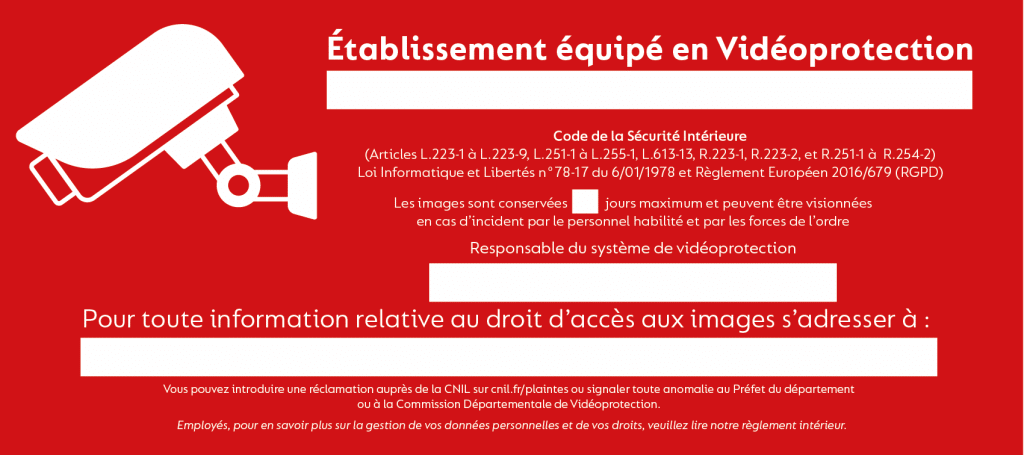
How does Finalease Group Security use these technologies?
At Finalease Group Security, we recognize the revolutionary potential of these new generations of surveillance cameras. But we also know that technology is only truly effective if it is properly implemented and integrated into an overall security strategy.
A proactive safety solution
We offer intelligent video surveillance solutions tailored to the specific needs of each customer. Our systems combine state-of-the-art cameras, AI-based video analysis software and human expertise to offer optimum protection.
Supporting customers through the transition
We don't just supply the technology. We support our customers every step of the way, from needs assessment to staff training and integration with existing systems. Our aim is to help you make the most of these innovations, while complying with the strictest ethical and legal standards.
Want to find out more about how smart cameras can secure your business and reduce your losses? Don't hesitate to Contact us for a personalized consultation. Together, we'll build a state-of-the-art security solution tailored to your specific needs.
For a more in-depth look at the subject, I also recommend reading our article on surveillance cameras and artificial intelligencewhich explores in detail how these technologies enable us to protect, anticipate and act effectively.
Finally, if you're wondering about the differences between video surveillance and video protection, our article Video surveillance vs. video protection: understand the essential differences! will give you all the information you need.
